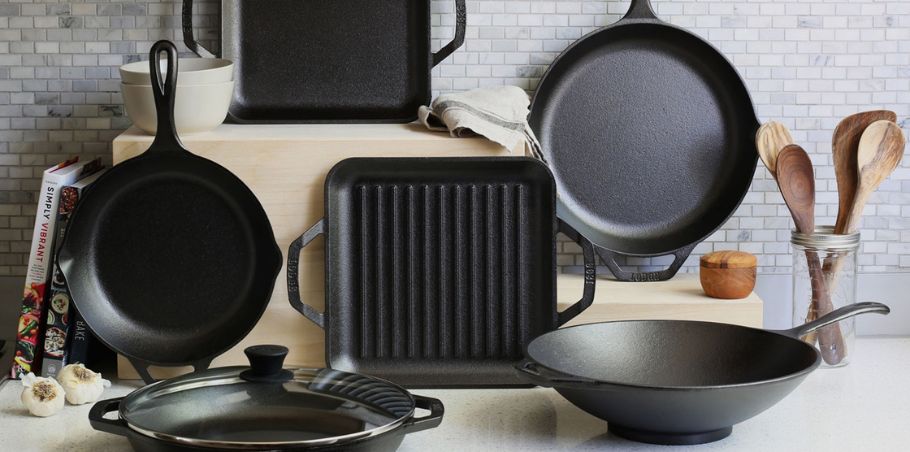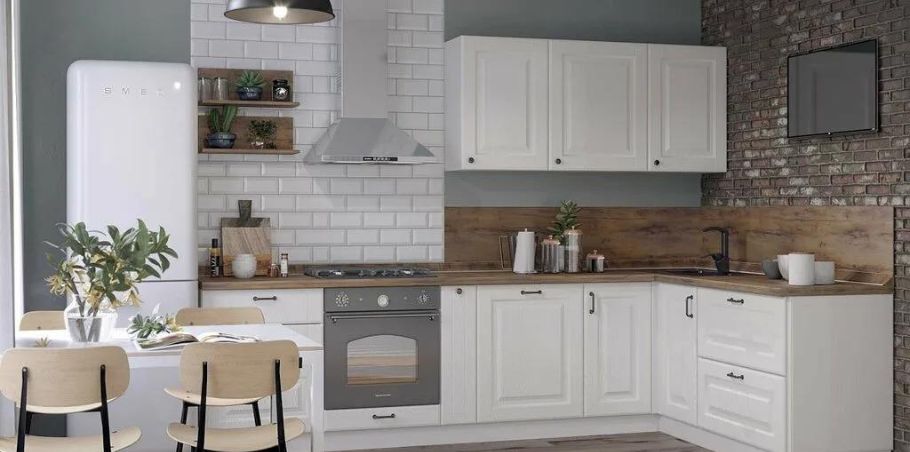Best Cabinet Paint: The Ultimate Guide to Choosing the Perfect Finish
Are you tired of your outdated kitchen cabinets but not ready to spend a fortune on a full renovation? Painting your cabinets can be a cost-effective way to give your kitchen or bathroom a fresh, new look. However, the key to a successful cabinet transformation lies in choosing the right paint. This guide will walk you through everything you need to know to select the Best Cabinet Paint for your project.
Understanding Best Cabinet Paint Types
When it comes to Best Cabinet Paint, not all paints are created equal. The type of paint you choose can greatly affect the durability and finish of your cabinets.
- Oil-Based Paints: Oil-based paints have been a popular choice for cabinets due to their smooth finish and durability. They tend to level out well, reducing the appearance of brush strokes. However, they come with a longer drying time, strong odors, and require mineral spirits for cleanup.
- Water-Based Paints: Water-based paints, including latex paints, are easier to work with and clean up. They have lower VOCs (volatile organic compounds), making them more environmentally friendly and less smelly. While they may not level as well as oil-based paints, advances in paint technology have significantly improved their performance.
- Latex Paints: Latex paints are known for their quick drying times and ease of use. They’re also water-soluble, which means cleaning up is a breeze. However, they can sometimes be less durable than oil-based options, particularly in high-traffic areas like kitchens.
- Alkyd Paints: Alkyd paints are a hybrid between oil-based and water-based paints, offering the best of both worlds. They provide a hard, durable finish similar to oil-based paints but with easier cleanup associated with water-based products. Alkyd paints are increasingly becoming the go-to choice for Best Cabinet Painting.
Choosing the Right Finish
The finish you choose for your cabinets is just as important as the type of paint. The finish determines not only the look of your cabinets but also how well they will stand up to daily wear and tear.
When to Use Matte Finish: Matte finishes provide a soft, non-reflective look that can add a touch of elegance to your cabinets. However, they are less durable and harder to clean, making them better suited for low-traffic areas.
Ideal Rooms for Satin Finish: Satin finishes offer a slight sheen, making them easier to clean while still providing a subtle look. They’re an excellent choice for kitchen cabinets where you want durability without a high-gloss appearance.
Semi-Gloss Finish: Semi-gloss finishes are the most popular choice for cabinets. They offer a durable, easy-to-clean surface that can withstand frequent cleaning. The slight shine also helps to reflect light, making your kitchen feel brighter.
Durability and Appearance: If you’re looking for a high-shine, durable finish, gloss paint is the way to go. It’s highly resistant to moisture and stains, making it perfect for high-use areas. However, it can also highlight imperfections, so proper prep work is essential.
Color Considerations
Choosing the right color for your cabinets can be a daunting task. The color you select can set the tone for your entire space.
Timeless White
White cabinets are a classic choice that never goes out of style. They create a clean, bright look and pair well with almost any color scheme.
Modern Gray
Gray has become a popular alternative to white, offering a more modern and sophisticated look. It’s versatile and can range from light and airy to dark and dramatic.
Choosing Colors for Small Spaces
If your kitchen or bathroom is on the smaller side, lighter colors like white or pale gray can help make the space feel larger. Dark colors can make small spaces feel cramped, so it’s best to avoid them in compact areas.
Matching Best Cabinet Paint with Home Décor
When choosing a color, consider the overall style of your home. If you have a traditional home, you might opt for classic colors like white or cream. For a more contemporary space, bold colors or dark shades might be more appropriate.
Preparation is Key
Before you even think about picking up a paintbrush, proper preparation is essential. Skipping prep work can lead to a less-than-perfect finish. Start by thoroughly cleaning your cabinets to remove any grease, grime, or dust. Once they’re clean, lightly sand the surfaces to help the paint adhere better. This step is crucial for a smooth, long-lasting finish. Primer creates a smooth base for your paint, helping it to adhere better and last longer. It also helps to block stains and hide imperfections. Choose a primer that’s compatible with the type of paint you’re using. To make painting easier and ensure a professional finish, remove all hardware, such as handles and hinges, and take the doors off the cabinets. Label each piece to make reassembly easier later.
Tools and Supplies You’ll Need
Having the right tools and supplies on hand will make the painting process smoother and more efficient. For cabinets, you’ll need high-quality brushes and rollers. A good angled brush is perfect for cutting in around edges, while a small roller can help you cover flat surfaces quickly. If you want a super smooth, professional finish, consider using a paint sprayer. Sprayers can apply paint more evenly than brushes or rollers, but they do require practice and proper setup. Protect your floors and countertops with drop cloths, and use painter’s tape to mask off areas you don’t want to paint. Proper preparation can save you a lot of cleanup time later.
Step-by-Step Painting Process
Now that you’ve got your supplies and your cabinets are prepped, it’s time to start painting. Start by applying a thin coat of primer. Use a brush to cut in around the edges and a roller for the larger surfaces. Allow the primer to dry completely before moving on to the next step. Once the primer is dry, apply the first coat of paint. Use long, even strokes, and try to maintain a wet edge to avoid lap marks. Let the first coat dry thoroughly before sanding lightly. Lightly sanding between coats helps to smooth out any imperfections and ensures a flawless finish. Wipe away the dust with a tack cloth before applying the next coat. After sanding, apply the final coat of paint. Be patient and take your time to ensure an even, smooth finish. Once the paint is dry, check for any areas that need touch-ups.
How Long to Wait Between Coats
Allow each coat of paint to dry fully before applying the next one. This usually takes a few hours, but it’s best to refer to the paint manufacturer’s recommendations. Even after the final coat is dry, it’s important to give the paint time to cure fully. Avoid heavy use of the cabinets for a few days to ensure the finish hardens properly.
Maintenance of Painted Cabinets
Taking care of your newly painted cabinets will keep them looking fresh and new for years to come. Use a soft, damp cloth to clean your cabinets regularly. Avoid harsh chemicals or abrasive scrubbers, which can damage the finish. Be gentle with your cabinets, especially in the first few weeks after painting. Use door stoppers to prevent doors from banging into walls or countertops, and consider adding felt pads to cabinet doors. Keep a small amount of the paint you used for touch-ups. If you notice a chip or scratch, lightly sand the area, clean it, and apply a small amount of paint with a fine brush.
Common Mistakes to Avoid
Even with the best intentions, it’s easy to make mistakes when Best Cabinet Paint. Here’s how to avoid the most common pitfalls. Skipping primer might seem like a time-saver, but it can lead to poor adhesion and a less durable finish. Always prime your cabinets before painting. Using the wrong brushes, rollers, or sprayers can result in an uneven finish. Invest in high-quality tools designed for the type of paint you’re using. It’s tempting to rush the drying process, but patience is key to achieving a professional-looking finish. Allow each coat to dry fully before moving on to the next.
FAQs About Best Cabinet Paint
How long does Best Cabinet Paint last?
With proper preparation and maintenance, painted cabinets can last for many years. The exact lifespan depends on the quality of the paint and how well the cabinets are cared for.
Can I paint over varnished cabinets?
Yes, but you’ll need to sand the surface lightly and apply a bonding primer first to ensure the paint adheres properly.
What’s the best way to avoid brush marks?
Using a high-quality brush and applying the paint in thin, even coats can help minimize brush marks. A paint sprayer is another great option for a smooth finish.
Do I need to seal painted cabinets?
While not always necessary, applying a clear polyurethane topcoat can add an extra layer of protection and durability, especially in high-traffic areas.
Can I change the color of my cabinets without sanding?
It’s possible to change the color of your cabinets without sanding if you use a high-adhesion primer. However, for the best results, lightly sanding the surface is recommended.
Conclusion
Best Cabinet Paint is a fantastic way to refresh your space without breaking the bank. By choosing the right paint, finish, and tools, and by following proper preparation and application techniques, you can achieve a beautiful, long-lasting result. Remember, the key to success is patience and attention to detail.
If you gained new insights from this article, explore our blog, Gimkit, for more enlightening content.
Share this content:














Post Comment